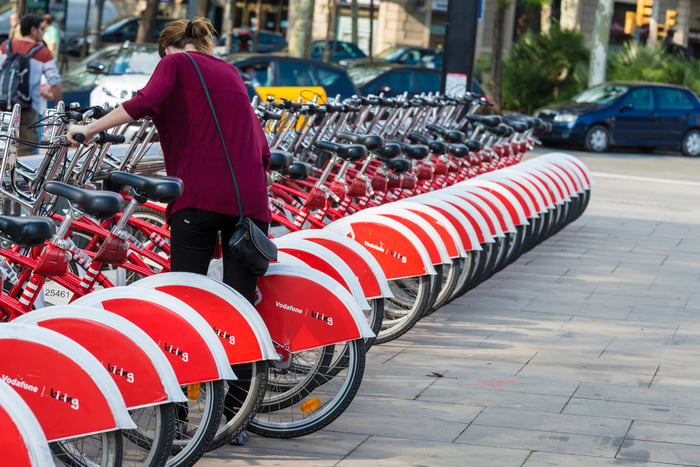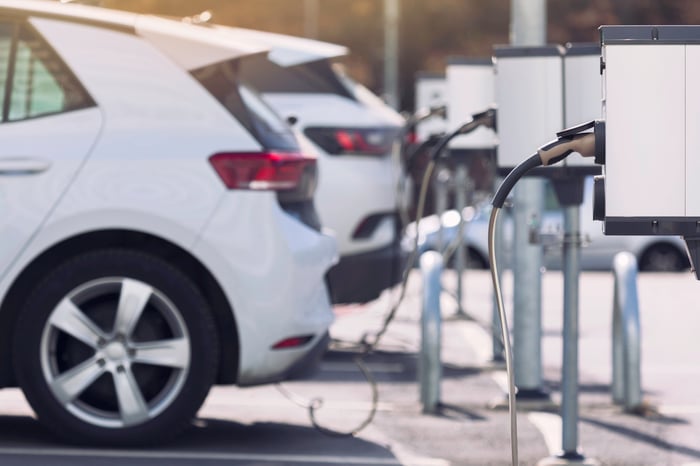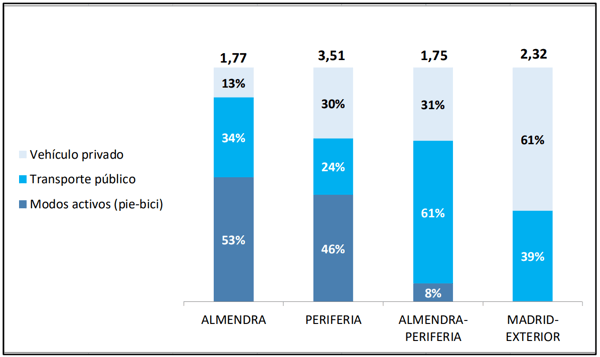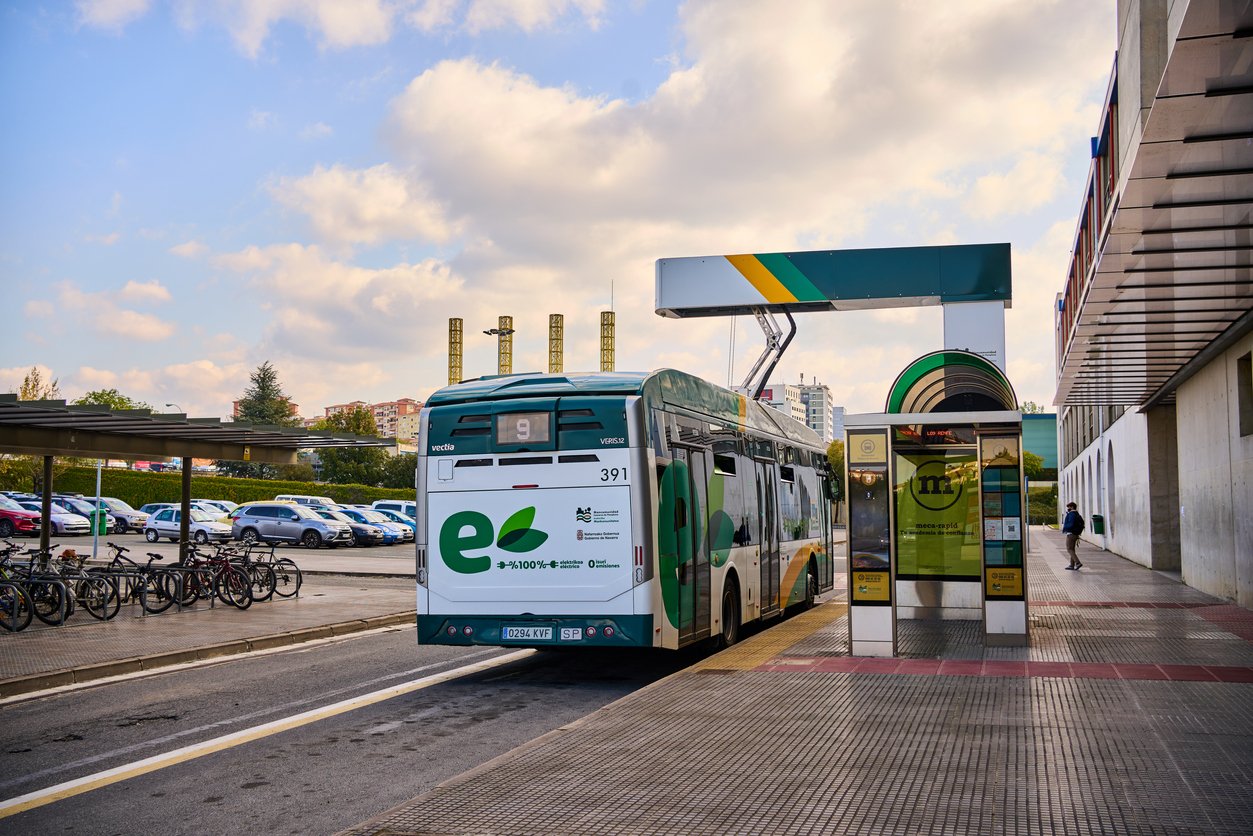In recent decades, rapid urban growth without a sustainable perspective has turned motorised vehicles into undisputed leading players in cities, generating an unsustainable transport model based on the use of fossil fuels.
Sustainable urban mobility aims to reverse this situation by putting people at the centre of cities through smart city planning. In other words, it seeks to create healthier, more accessible and efficient urban environments for all its inhabitants.
In Spain, the transport sector is responsible for more than 40% of pollutant gas emissions and 30% of greenhouse gas emissions. Looking at these figures, we see that it is necessary to take immediate measures and promote a change in the current paradigm based on sustainability.
How are urban planning and sustainable mobility related?
Promoting sustainable mobility is essential to move away from the model that has predominated in recent decades, which has generated a great dependence on private vehicles and has excluded those individuals or groups who do not own one.
Sustainable urbanism and sustainable mobility complement each other to promote a people-centred way of moving around cities, and are an essential part of sustainable urbanism.
The objective of sustainable urban mobility is to generate an urban infrastructure that facilitates non-motorised travel, such as walking and cycling, and encourages the use of sustainable modes of transport, such as public transport, car sharing, or low-emission vehicles.

Sustainable urban mobility brings with it a number of benefits for the inhabitants, including:
- Improved air quality: by reducing pollutant emissions from motor vehicles, respiratory problems and air pollution-related illnesses are reduced.
- Reduction of noise pollution: by reducing the use of motorised vehicles, the noise generated is reduced, contributing to the creation of quieter environments.
- Reduction of pollutant emissions and greenhouse gases: the use of sustainable modes of transport significantly reduces greenhouse gas emissions and other air pollutants.
- Improved safety and reduced accident rates: by reducing the use of motorised vehicles, the risk of traffic accidents is reduced and a safer road environment is created for all road users.
- Improved health: by facilitating activities such as walking and cycling, physical and mental health problems caused by sedentary lifestyles are reduced.
SUMPs: Sustainable Urban Mobility Plans
In the context of change towards a sustainable mobility model, SUMPs or Sustainable Urban Mobility Plans emerge. These are strategic documents to reduce the impacts associated with urban mobility.
A Sustainable Urban Mobility Plan (SUMP) is a set of actions designed to promote the use of more sustainable forms of transport, such as walking, cycling and public transport, in the context of a city. These modes of transport allow for the reconciliation of economic growth, social cohesion, and environmental protection, with the aim of improving the quality of life for citizens.
In order to facilitate the elaboration of SUMPs for the different Spanish municipalities and to establish a practical reference tool, the IDAE (Institute for Energy Diversification and Saving) has elaborated the Practical Guide for the elaboration of SUMPs. This guide determines the main characteristics and measures that a SUMP can contain.
The main characteristics of the SUMPs are:
- They act at a local or metropolitan level.
- They guarantee the accessibility and mobility needs of the municipalities.
- They cover all modes of transport, people, and goods.
- They are linked to local, regional, and national plans and strategies.
- They must reduce the negative impacts of transportation.
- They try to solve the increasing volumes of traffic and congestion.
- They intend to shift the modal distribution in favour of cleaner and more efficient modes.
- They propose urban planning taking into account accessibility criteria and the mobility generated by the different centres and areas of activity.

Although a SUMP is ideally designed for municipalities with more than 50,000 inhabitants, it can be applied to smaller cities and towns, adapting it in each case to their characteristics and circumstances. As regards the categories of measures that a SUMP can implement, the IDAE determines the following:
- Traffic control and management measures
- Measures for managing and limiting parking for private vehicles
- Measures to enhance public transportation
- Measures for the recovery of urban and civic quality
- Specific mobility management measures
- Measures to improve mobility for people with reduced mobility
- Measures to improve the mobility of goods, including loading and unloading
- Measures for the integration of mobility in urban planning policies
- Measures for the improvement of transportation to large areas and travel-attracting centres
- Measures for the improvement of security
SUMPs must be reviewed and updated periodically to respond to changes and needs in urban mobility. Furthermore, its correct implementation requires the commitment and collaboration of all involved parties.
How to promote sustainable urban mobility
In order to achieve sustainable urban mobility, it is essential to implement various strategies that promote more sustainable modes of transport. Some of the most widely used tools used to contribute to this promotion are:
Traffic studies and trip generation
Traffic studies and trip generation provide crucial information for the planning and design of efficient transportation infrastructure.
Traffic studies provide detailed information on traffic characteristics in specific urban areas, this allows areas for improvement to be identified and appropriate solutions to be implemented. These studies are carried out using traffic control stations equipped with automatic vehicle classification devices. These devices collect data such as the number of vehicles, speed, and the category of vehicles (heavy or light).
On the other hand, trip generation refers to the number of trips occurring in a given area during a specific time period, such as a day or a peak hour. These studies consider demographic, economic, and land use aspects of the analysed area, allowing the identification of displacement patterns, areas with high transportation demand, and main traffic flows.
An example of the use of this type of studies is Madrid, where its 360 Sustainable Urban Mobility Plan has implemented new technologies to advance in the study of traffic. This includes the development of a short-term predictive traffic simulation model that allows for traffic management adjustments according to demand variations. This approach incorporates Big Data and artificial intelligence mechanisms into the model, providing a more accurate and updated view of urban mobility.
Analysis of modal split
The modal split refers to the proportion or distribution of the different modes of transport used by people to travel in a given city. The main means of transport are the active modes (on foot or by bicycle), public transport and the private vehicles.

Modal distribution of the different areas of Madrid. Source: Madrid 360 Sustainable Urban Mobility Plan.
A recurrent practice in the SUMP of Spanish cities is to promote intermodality in order to take advantage of the potential of all modes of transport, both for people and freight. One of its objectives is to balance the modal split of passenger and freight transport towards cleaner and more efficient technologies.
Types of roadways and minimum width
The study of roads and the determination of the minimum width are fundamental aspects in the planning of sustainable urban mobility. The roads can be classified into different categories according to their function and characteristics (main roads, arterial roads, collector roads, and local roads). Each type of road requires appropriate design and management to ensure safety, traffic flow and user comfort.
The minimum cross-sections, in general, are determined by municipal ordinances, but some guiding criteria are:
- Accessible pedestrian routes: 1.80 m. If adjacent rest areas are included, 1 m should be added to this width. This minimum width should be increased if it runs along the perimeter of the building, so that the building can be easily accessed or if commercial terraces are to be installed. In general, pedestrian traffic is comfortable if it has a width of 2.50 m throughout its entire route.
- Bike lane: if it is one-way, 1.5 m; if it is bidirectional, 2.5 m.
- Motorized traffic: depends on the type of vehicle planned. In urban areas, 3 m is usually a comfortable width, to which it is advisable to add a separation between motorized and non-motorized traffic. This separation can be, for example, a vegetated ditch.
Mobility in sustainability certifications
The sustainability certifications (BREEAM, LEED, VERDE, DGNB) encourage the development of more sustainable mobility by addressing different approaches to action. To that end, within their weighting systems, they positively score the following aspects:
- Promotion of public transport: it is appreciated that new urban developments or new buildings have public transport nodes within reasonable walking distance. This usually ranges around 800m (15 minutes) walking through a safe and accessible route. Safe and aesthetically pleasing transport hubs are also valued.
- Enhancement of pedestrian mobility: That new urban developments or new buildings have services within reasonable walking distance is valued. This usually ranges around 800m (15 minutes) walking through a safe and accessible route. It is also valued that the streets are wide and aesthetic.
- Promotion of cycling mobility: new urban developments or new buildings are encouraged to have wide and safe cycle lanes and cycle storage facilities.
- Promotion of alternative transport: it is appreciated that those responsible for new urban developments or new buildings should facilitate the implementation of alternative transport systems. Some examples are: electric or low-emission vehicles, car sharing, company shuttle buses, etc.
- Enhancement of intelligent transport systems: It is valued that new urban developments incorporate Smart Mobility measures, as they translate into an optimization of the managing entity's resources and users' time. Some examples are: Passenger Information System, automated speed control, Traffic Surveillance, Global Positioning System (GPS), real-time parking management, electronic toll collection, etc.
- Parking capacity limitation: although this approach is not very popular, and in some cases even conflicts with municipal land regulations being urbanized or built upon, it is also true that this measure helps to enhance all previous approaches.
In short, sustainable mobility is a fundamental step on the road towards making our cities more pleasant. It is a change that depends on many actors, and therefore it comes about slowly and is not always well received. However, in the long term it will lead to safer, healthier urban areas, on a more human scale.


